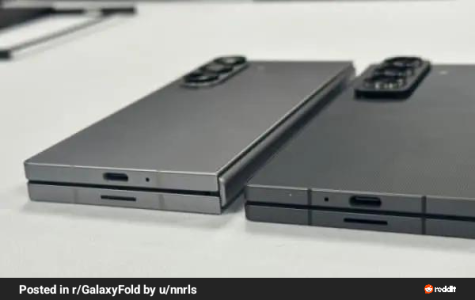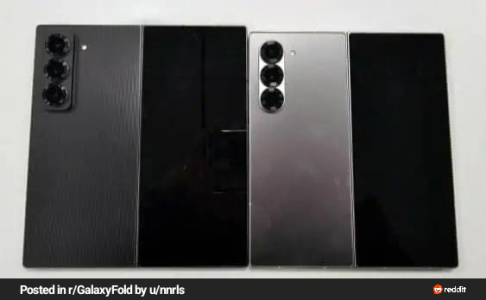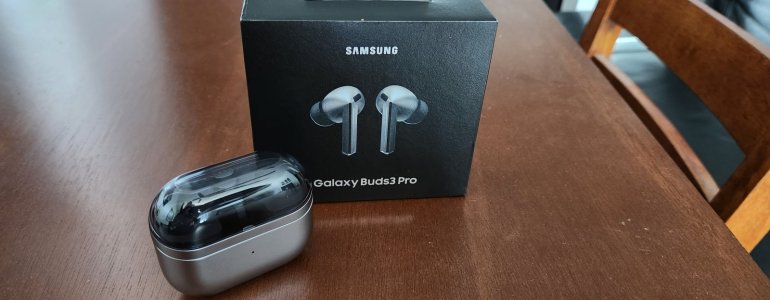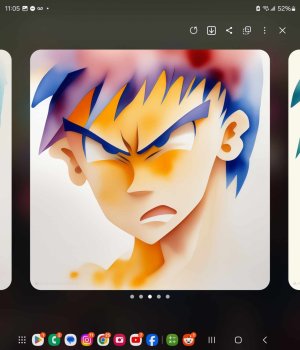[h1]Andy Rubin Gives Glimpse of Android 3.0 Honeycomb[/h1]
File under: News
By:
Joe Levi | 4:18 PM 7-Dec-10 |
6 Comments
Earlier this morning we told you about Andy Rubin (
Google's Vice President of Engineering) giving us a little sneak peek into Android Honeycomb while previewing the not-yet-available
Google Maps 5 on a tablet at the D: Dive Into Mobile event.
While many were being mesmerized with the new 3D imagery in Google Maps, the fact that buildings will be vector-based, and the long-awaited offline-storage capabilities, developers were taking hurried notes of the nuts and bolts of what Mr. Rubin was describing. But let's not get ahead of ourselves, what did we
first see in the video?
New Unlock Screen
Taking advantage of the larger screen of a
tablet, Google has reworked the traditional "side to unlock" feature of the lockscreen to be a lock inside a circle. The circle is invisible until you tap and drag on the lock. As soon as the lock is moved outside the circle, the device unlocks.
Video Chat
Although Rubin didn't got into any detail, when he unlocked the tablet his Google Talk (or Google Chat) app was shown, complete with "
video icons". He brushed this off quickly, saying "with video icons, which I should get rid of. Well, there you go. Proven." This seems to imply that video chat will be available in Honeycomb.
3D Enhancements
Rubin spent a good deal of time showing off Google Maps 5 which will bring 3D vector images to the Google Maps app that we all know and love. Luckily we won't have to wait long for this. Google Maps 5 should be available for current Android-powered cell phones "in a matter of days". Back on point, Honeycomb will carry on the Gingerbread torch by pushing the 3D envelope, taking advantage of the
Graphics Processing Units that are starting to show up in current Android-powered devices.
Apps: Write Once, Use on Many Platforms
Rubin downplayed the dreaded word "fragmentation", and possibly poked fun at. Rather than requiring developers to write a different app to
target tablets (versus cell phones), Rubin said developers would use something he called "fragments" to break up the way content is displayed. On phones information would be page after page, like we have now. On tablets, apps like Gmail and Chat can display content side-by-side to take advantage of the bigger display. He got cut off before he was able to go into detail about Google TV, but implied that the same "fragment" methodology would be used on that platform for the 10-foot view as well.
Buttonless
Rubin was quick to point out a feature of the tablet he was demoing: no buttons. This will likely be left up to the device manufacturer, but it's a novel idea to have a table that is ONLY a touch-screen, with no physical buttons, not even one "menu" or "action" button as seen on the iPad, iPod Touch, and iPhone.
What Did I Miss?
I've been through the video a dozen times so far, but I'm sure I overlooked something. What can you find in the video that I missed? Comment below!
http://pocketnow.com/andr...-of-android-30-honeycomb
 Teaser
Teaser














































